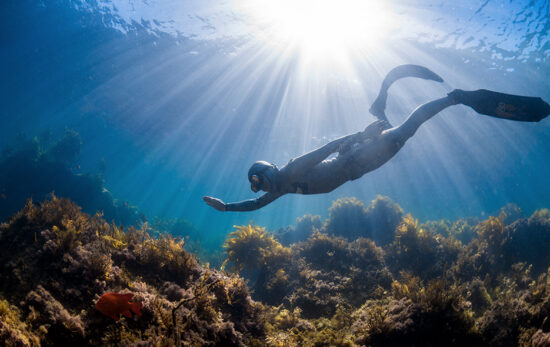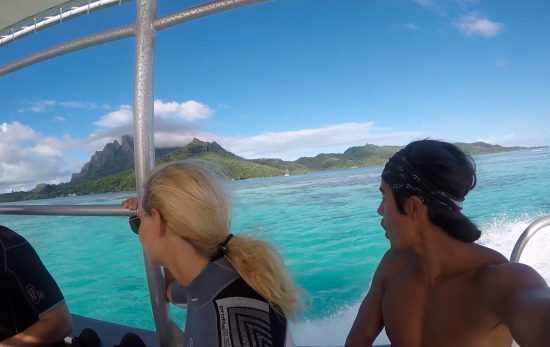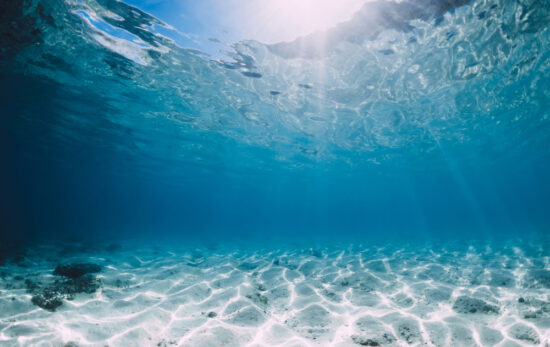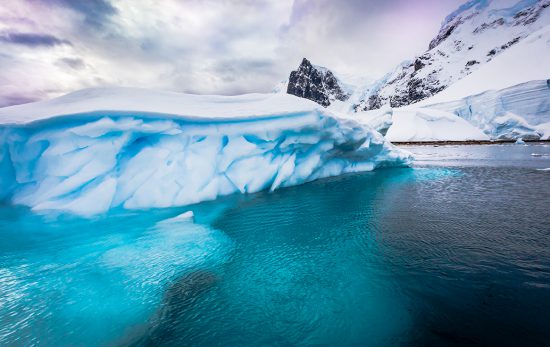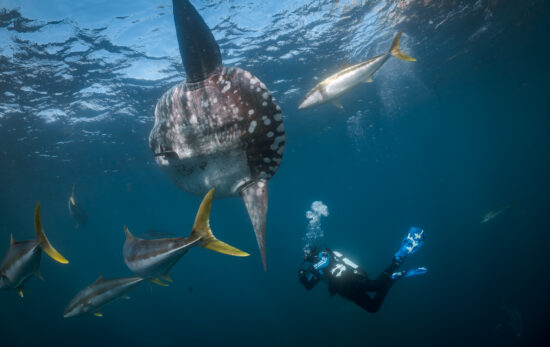Ready to take the plunge and become a PADI Open Water Diver? Choosing between a warm water or cold water location to get certified can be tricky, especially if travel is involved. As you begin to plan where you’ll complete your PADI Open Water Diver course, use the below information to help you decide what will work best for you.
Whether your first breaths underwater are taken while gliding over a coral reef or while exploring a kelp forest, learning to dive is a life-changing experience.
Location
With more than 6,600 PADI Dive Shops around the world, learning to dive can basically be done from anywhere. Being open to learning to dive in both warm water and cold water environments will automatically present you with so many incredible location options.
You’ll first need to decide if you’re going to learn to dive in your local area or if you’ll travel to a new dive destination. If learning to dive locally, the water temperature and conditions will depend on where you live. For instance, those that live in Egypt have the warm water coral reefs of the Red Sea to explore. In contrast, those living in California have cold water kelp forest diving in their backyard. Regardless of the water temperature, learning to dive in your local area can help you gain priceless knowledge about dive sites and the marine life found there. This will set you up for success on all future dives in the area.
Traveling to a new, warm or cold water location to learn to dive also comes with many positives, like getting to explore an entirely new place above and below the surface. Incorporating the PADI Open Water Diver course into your next vacation will really take your trip to the next level!
Marine Life
You’ll likely have the opportunity to observe incredible marine life during their first open water dives. This is true for both warm water and cold water environments. No matter where in the world you choose to slip beneath the surface, you’re bound to encounter unbelievable marine life.

Warm Water Diving Marine Life
When you embark on a warm water dive, you immerse yourself in a realm of vivid colors and a rich tapestry of marine life. Tropical waters, with their balmy temperatures and abundant sunlight, provide an ideal habitat for a dazzling array of marine species. Coral reefs, the bustling cities of the underwater world, are a prominent feature in these regions. Teeming with vibrant corals, sponges, and anemones, these fragile ecosystems provide refuge for countless fish species, such as parrotfish, angelfish, and clownfish, to name just a few.
In warm water environments, biodiversity thrives, as the higher temperatures support the growth of a vast range of marine organisms. Divers are often treated to encounters with graceful sea turtles, magnificent rays, and schools of shimmering tropical fish. The diversity of marine life in these regions is not limited to fish alone; divers may also spot octopuses, moray eels, and an array of fascinating invertebrates, including nudibranchs and seahorses. Warm water diving presents a vibrant palette of colors and a bustling marine community that leaves divers in awe of nature’s beauty.

Cold Water Diving Marine Life
Cold water diving often involves encounters with majestic marine mammals, such as seals, sea lions, and even whales. These creatures, specially adapted to endure the chilly waters, captivate divers with their graceful movements and sheer size. In addition to mammals, cold water environments host a remarkable variety of fish species. These include cod, herring, and salmon, which undertake incredible migrations through freezing seas.
One of the most extraordinary sights in cold water diving is the encounter with ice formations. Divers can explore icebergs and witness the ethereal beauty of frozen underwater landscapes. These ice formations often serve as nurseries for marine invertebrates, attracting a plethora of species, like sea spiders, starfish, and anemones. Cold water diving offers a glimpse into a pristine Arctic wonderland, where marine life has adapted to survive in one of the harshest environments on Earth.
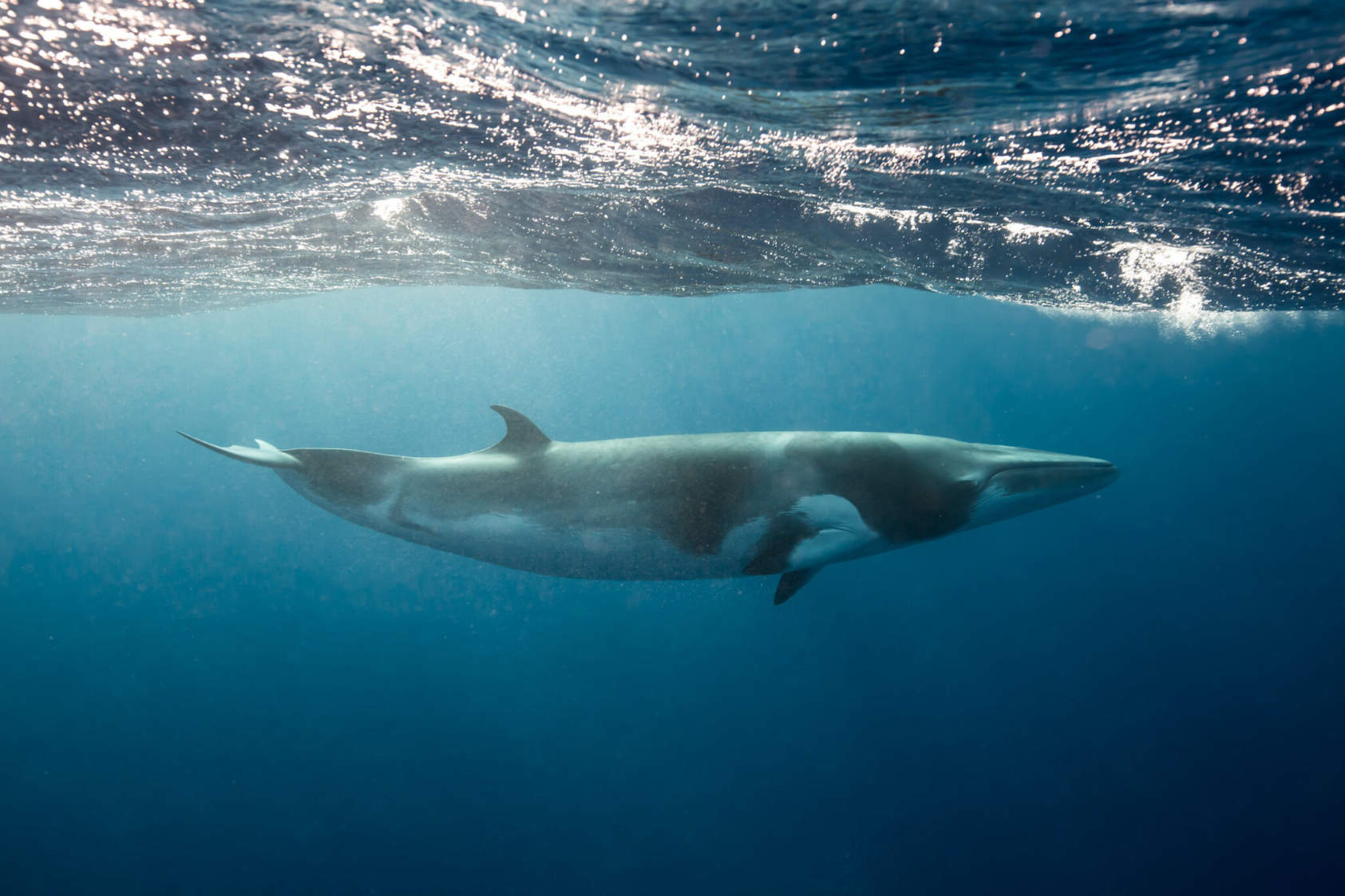
Overall Marine Life Experience
Whether you opt for the warmth of tropical waters or the frozen depths of polar regions, warm water diving and cold water diving present divers with contrasting yet equally captivating marine experiences. As divers, we are privileged to explore these diverse marine ecosystems and witness firsthand the incredible beauty and adaptations of life beneath the waves. No matter which environment you choose, the wonders of the underwater world will continue to astound and inspire.

Visibility
Water clarity, or how far a diver can see while underwater, is a key characteristic of every dive. The visibility at a dive site can even change throughout the day and definitely throughout the year, depending on factors like currents, storms, waves, upwelling, and run-off. Both warm water and cold water locations around the world offer a wide range of visibility levels.
Warm Water Visibility
Warm water diving often boasts exceptional visibility, providing divers with a breathtaking view of the underwater realm. The clear waters found in tropical regions offer high visibility due to several factors. The absence of plankton blooms and suspended particles, coupled with ample sunlight penetrating the depths, create a pristine environment for exploration. As a result, divers are treated to a panorama of crystal-clear waters, enabling them to see with remarkable clarity and appreciate the intricate details of marine life.

Cold Water Visibility
In contrast to warm water diving, cold water diving often presents lower visibility, creating an environment imbued with a mystical ambiance. Factors such as increased plankton populations and sediment stirred up by currents can contribute to reduced visibility. However, this doesn’t diminish the allure of cold water diving. In fact, the lower visibility can enhance the sense of adventure for some divers.
That being said, not all cold water destinations have low visibility. Cold water destinations like Scotland, Norway, and Iceland are so renowned for visibility, you might even forget you’re underwater for a second! Additionally, cold water diving in fresh water lakes around the globe – from Missouri to Switzerland – also provide opportunities for student divers to experience incredible underwater visibility.
Overall Visibility Experience
Visibility plays a significant role in the world of diving. Both cold water diving and warm water diving offer unique advantages in this regard. Warm water diving enthralls divers with its crystal-clear waters, where every intricate detail of marine life is visible and vibrant colors come to life. On the other hand, cold water diving, creates an otherworldly ambiance that heightens the sense of adventure and presents the opportunity for unexpected encounters. Whether you seek the clarity of warm waters or the enigmatic allure of cold waters, each type of diving offers its own visual advantages. Both allow divers to explore and appreciate the breathtaking wonders that lie beneath the surface.
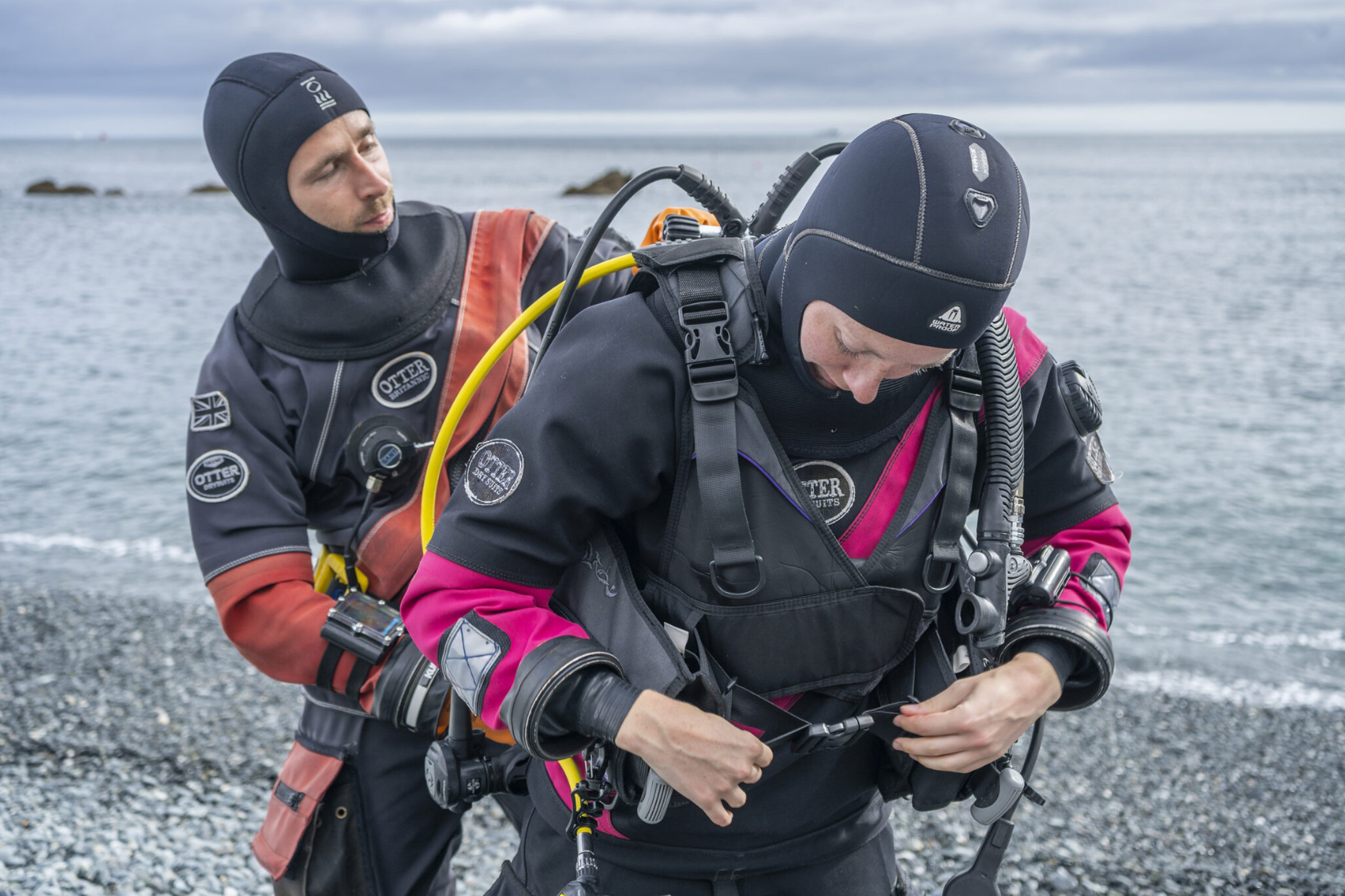
Preparedness
Being introduced to diving in warm water or cold water will provide unique opportunities to feel extra prepared in all environments as you move forward in your diving journey. No matter the location, you will learn important safety concepts and skills in the PADI Open Water Diver course.
The water temperatures associated with a dive location will play a part in some unique characteristics of your training dives. In warm water locations, divers might be faced with strong currents or surge that will require extra knowledge and skills. In cold water locations, divers will need extra exposure gear, like hoods, gloves, thick wetsuits, or even dry suits. (Your cold water dive instructor might recommend the PADI Dry Suit Diver Specialty course.) The challenges that both warm water diving and cold water diving present will only help you feel more prepared as a diver.
Whether you choose to learn to dive in cold water or warm water, we know you’ll have a positive experience exploring the underwater world. Get started with PADI eLearning or simply locate a PADI Dive Shop using our Dive Shop Locator.
Change your life, become a diver, and #LiveUnfiltered.

